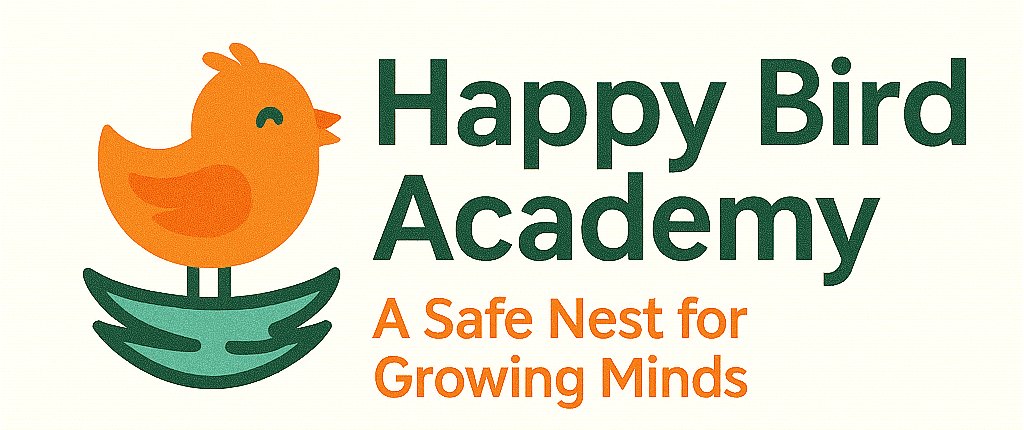The face of the moon was in shadow
🧭 Introduction
If you’ve ever wondered why some centers have smaller classes or more teachers, you’re thinking about childcare ratios — one of the most important safety and quality factors in early learning.
In Washington, all licensed childcare programs must follow Department of Children, Youth & Families (DCYF) rules that protect children’s health, safety, and learning outcomes. Let’s unpack what those rules mean and how to spot a high-quality center.
📜 What Licensing Means (and Why It Matters)
Every licensed daycare or preschool in Washington must meet requirements covering:
Building safety, sanitation, and ventilation
Staff training, first aid, and background checks
Age-appropriate learning spaces and equipment
Emergency preparedness plans
These standards ensure your child’s environment is safe, consistent, and nurturing.
Parents can verify any provider’s license by visiting .
👩🏫 Understanding Staff-to-Child Ratios
Here are Washington’s minimum ratio requirements:
| Age Group | Minimum Teacher-to-Child Ratio |
|---|---|
| Infants (0–11 months) | 1 : 4 |
| Toddlers (12–29 months) | 1 : 7 |
| Preschoolers (30 months–Kindergarten) | 1 : 10 |
| School-age (Kindergarten–12 yrs) | 1 : 15 |
Lower ratios mean more attention, conversation, and emotional connection — the cornerstones of healthy brain development.
At Happy Bird Academy, we maintain even smaller groups whenever possible, so every child gets more one-on-one interaction.
🧩 How Licensing Protects Families
DCYF performs:
Regular inspections
Annual license renewals
Unannounced visits for compliance
Providers must document cleaning routines, staff training, and curriculum plans.
As a parent, you have the right to:
Request copies of inspection reports
Ask about staff certifications
Know your program’s emergency plan
🌱 What High-Quality Programs Do Beyond Minimum Standards
Top centers go further than required.
At Happy Bird Academy, we:
Exceed state training hours
Keep ratios below state limits
Use play-based, research-supported curriculum
Offer transparent communication through daily reports
These practices reflect not just compliance — but commitment.
🕊️ How to Check a Program’s Record
Visit .
Type the provider’s name (e.g., “Happy Bird Academy”).
Review license type, inspections, and any citations.
Ask the center how they addressed previous findings (if any).
Transparency builds trust.
💬 Parent Tip
When touring, ask:
“How many children are in this classroom, and how many teachers?”
The best programs will answer confidently and explain how they manage transitions and supervision.
✨ Call to Action
Happy Bird Academy welcomes families to tour our Bothell or Mill Creek campuses to see firsthand how small ratios and licensed teachers create a calm, joyful environment.
